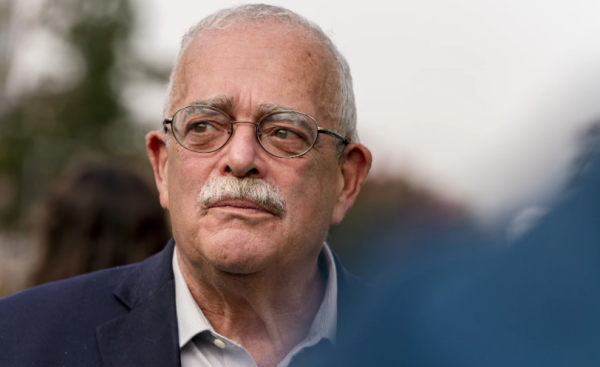The Impacts of Daylight Savings Time
Daylight savings time is the process of setting clocks an hour ahead in the spring so that it gets dark earlier in the day to conserve daylight and reduce energy waste. Originally, the idea of daylight savings time was first proposed in 1784 by scientist Benjamin Franklin in order to limit candle usage and save a considerable amount of money. The first nation states to adopt daylight savings time were Austria-Hungary and Germany in 1916 as a way to preserve coal usage during World War I. Other European countries soon followed, and the United States adopted daylight savings time in 1918. After the war, many countries abandoned the practice only to re-adopt it during World War II, and it became common practice as a result of the 1970’s energy crisis.
A 2017 meta-analysis on 44 different studies found that only 0.3% more energy is saved per day while observing daylight savings time. When first implemented, a major goal of daylight savings time was to reduce usage of incandescent light bulbs at night, which used to be a primary usage of electricity. Since then, energy usage patterns have changed drastically. A 2017 study in the American Economic Journal: Applied Economics estimated that “the transition into DST caused over 30 deaths at a social cost of $275 million annually,” just by increasing sleep deprivation. Many different studies, such as one by the American Academy of Sleep Medicine, have reported that by interrupting the body’s sleep cycle and circadian rhythm, many negative effects occur as a result of daylight savings time such as a 24% increase in hospital visits of patients suffering from heart attacks and a significantly higher number of fatal car crashes.
A bill recently passed unanimously in the US Senate called the Sunshine Protection Act would make daylight savings time permanent, so instead of changing clocks every spring and fall we would stay in daylight savings time year-round. While this would be beneficial to mitigate the negative effects of the time changes of daylight savings time, it would also cause the sun to rise a lot later in the morning. Students would have to go to school and wait for their bus in the dark long before the sun rises. Yet even with these potential changes, many people believe that permanent daylight savings time would greatly benefit everyone.

Emily Conway is a freshman at South Lakes High School and a first-year Staff Writer for The Sentinel. In her free time she loves to read, write, figure...












